The WildCRU’s research on European and American mink began in 1991. Fieldwork in the UK, Belarus, Estonia, Spain, Iceland, and South America has provided science informing conservation practice and policy for managing the invasive American mink and for restoring the Critically Endangered European mink.
CONSERVATION CONTEXT
Originally found only in North America, the American mink (Neogale vison, formerly Neovison vison, or Mustela vison) has spread widely beyond its native range, having been introduced inadvertently or deliberately by fur traders into Europe and South America. American mink are now widely established as an invasive species across Eurasia, and as far afield as Patagonia in Argentina. Wherever American mink go they impact native prey and competitors. Our work focused primarily on impacts on water voles (Arvicola amphibius, formerly A. terrestris) in Britain and on European mink (Mustela lutreola) in Eastern Europe. Water voles have disappeared from more than 90% of their former range in the UK and European mink, once widely distributed across Europe and European Russia, now persist only in isolated fragments of their historical range in five countries – American mink played a key role in the decline of both.
The WildCRU’s mink work contributed to our understanding of American mink populations in their invaded range, their impact on native biodiversity, and the decline of European mink. This knowledge underpins the evidence-base informing American mink monitoring and management, and European mink restoration. Our work has benefited from collaborations with multiple researchers, agencies, and organisations in the UK, mainland Europe, and South America.
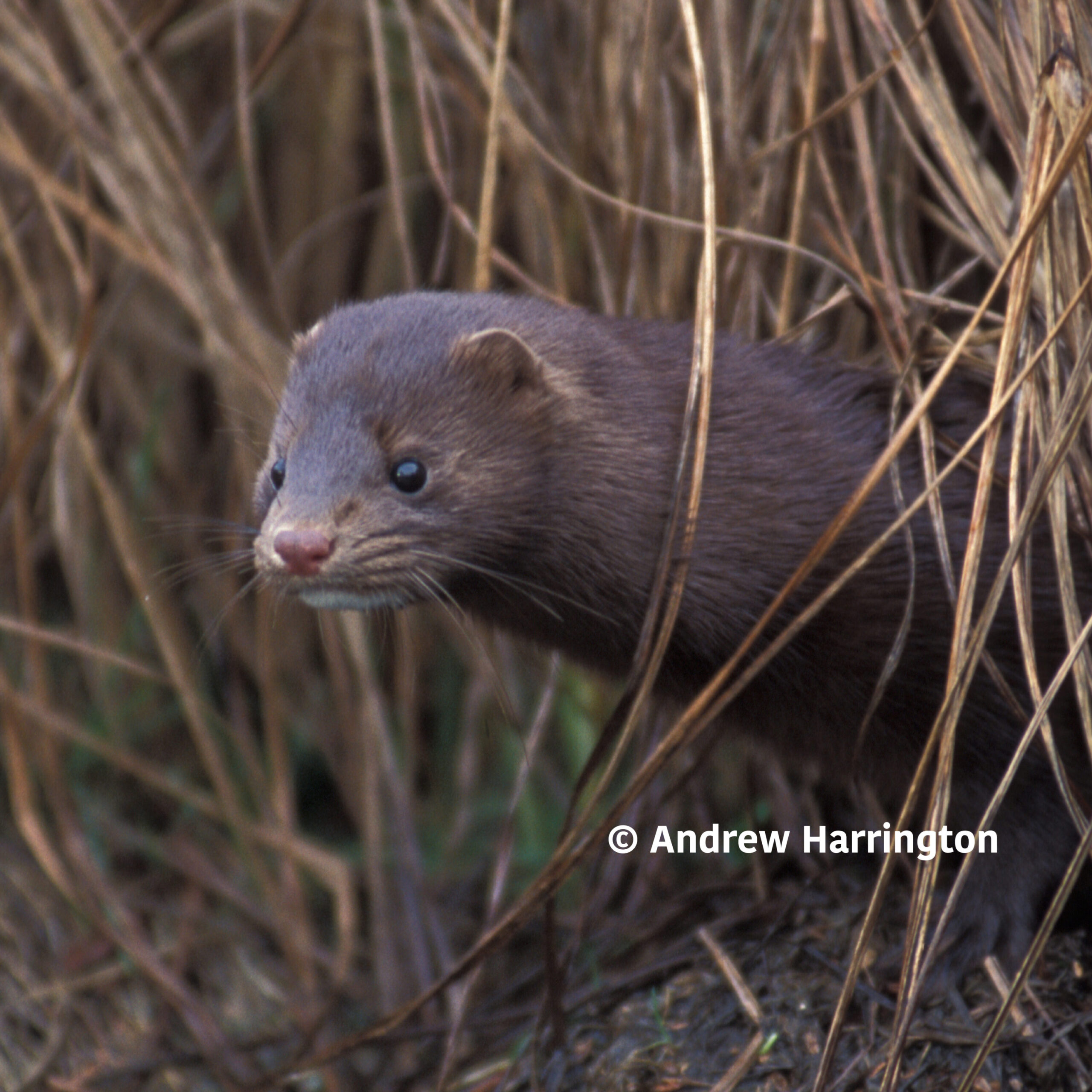
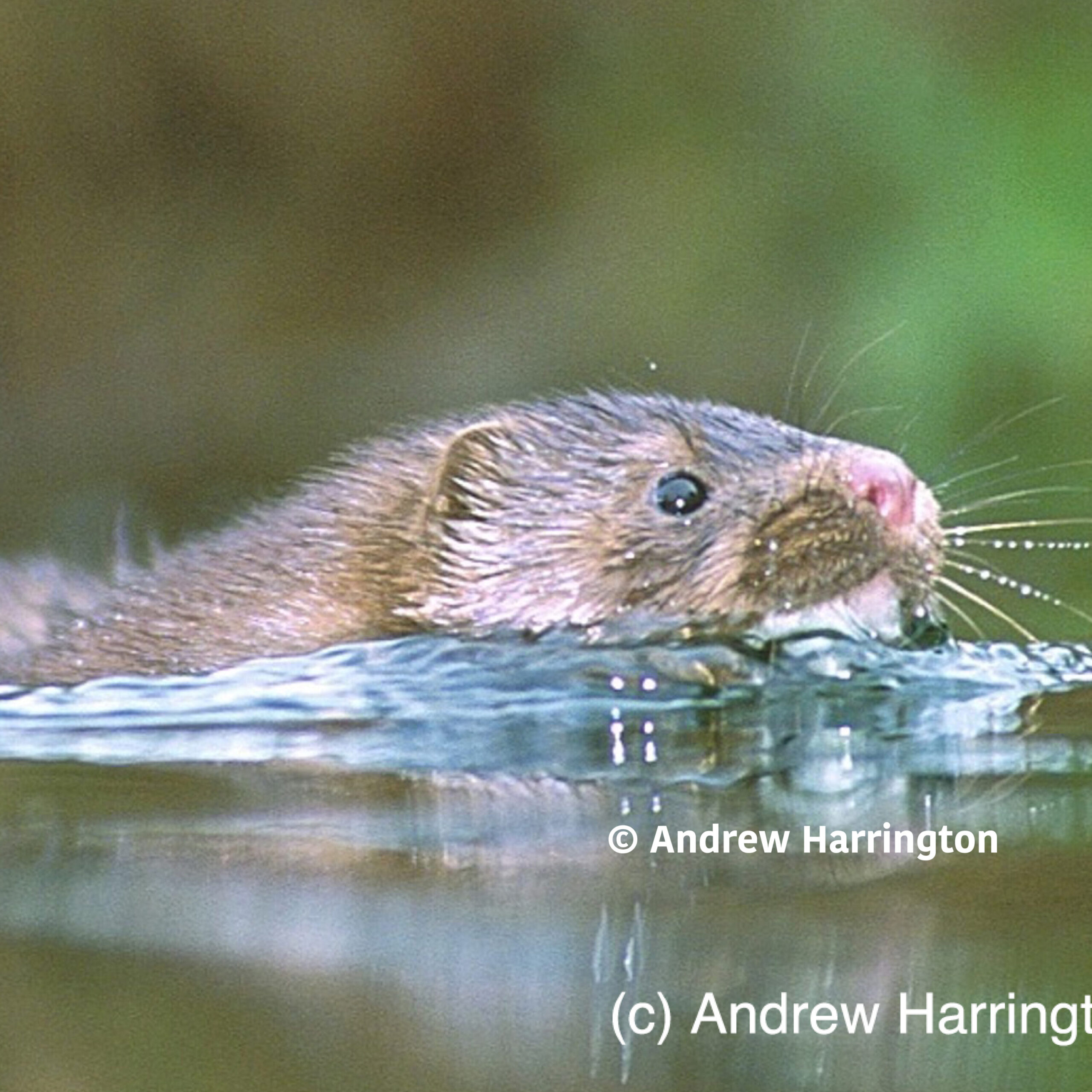
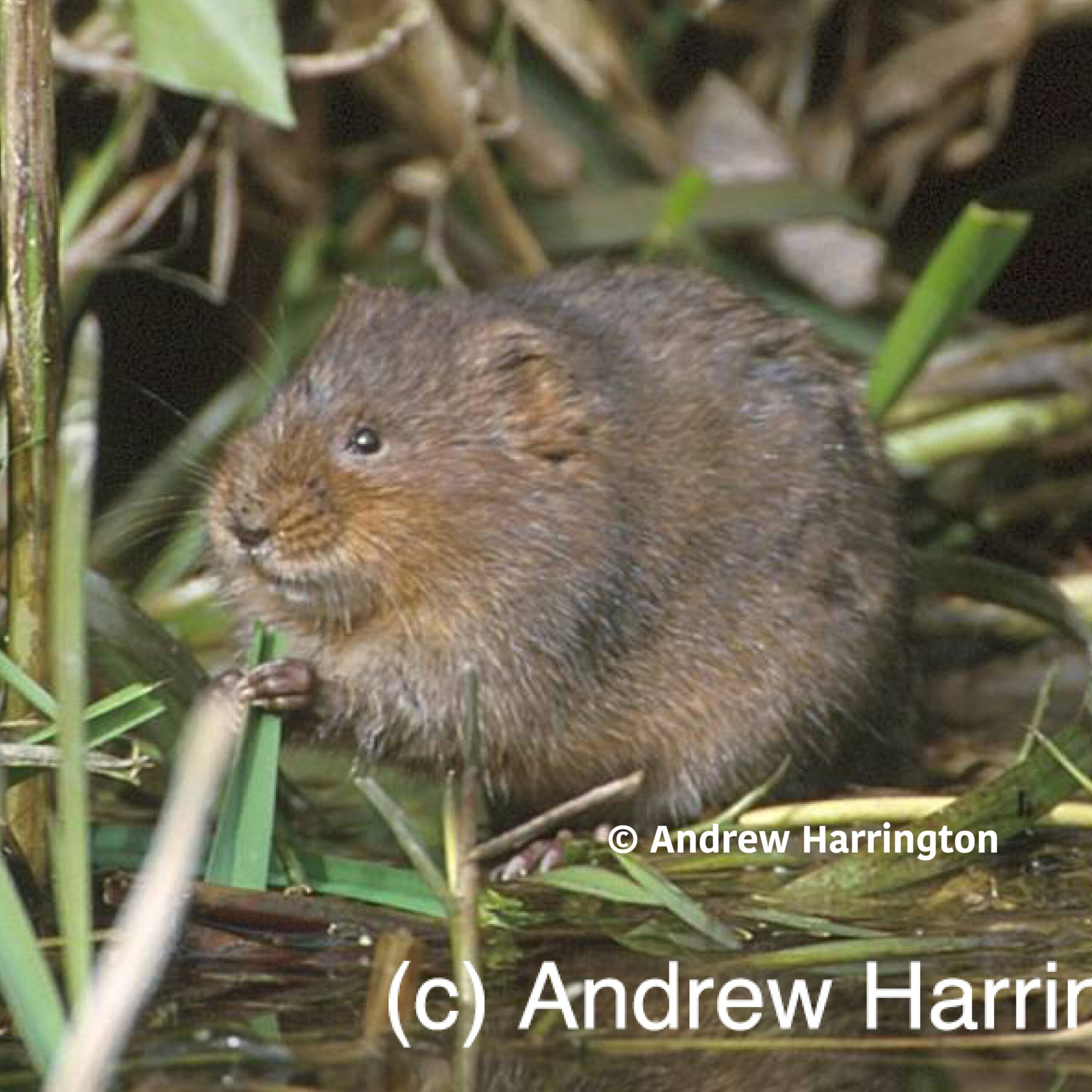

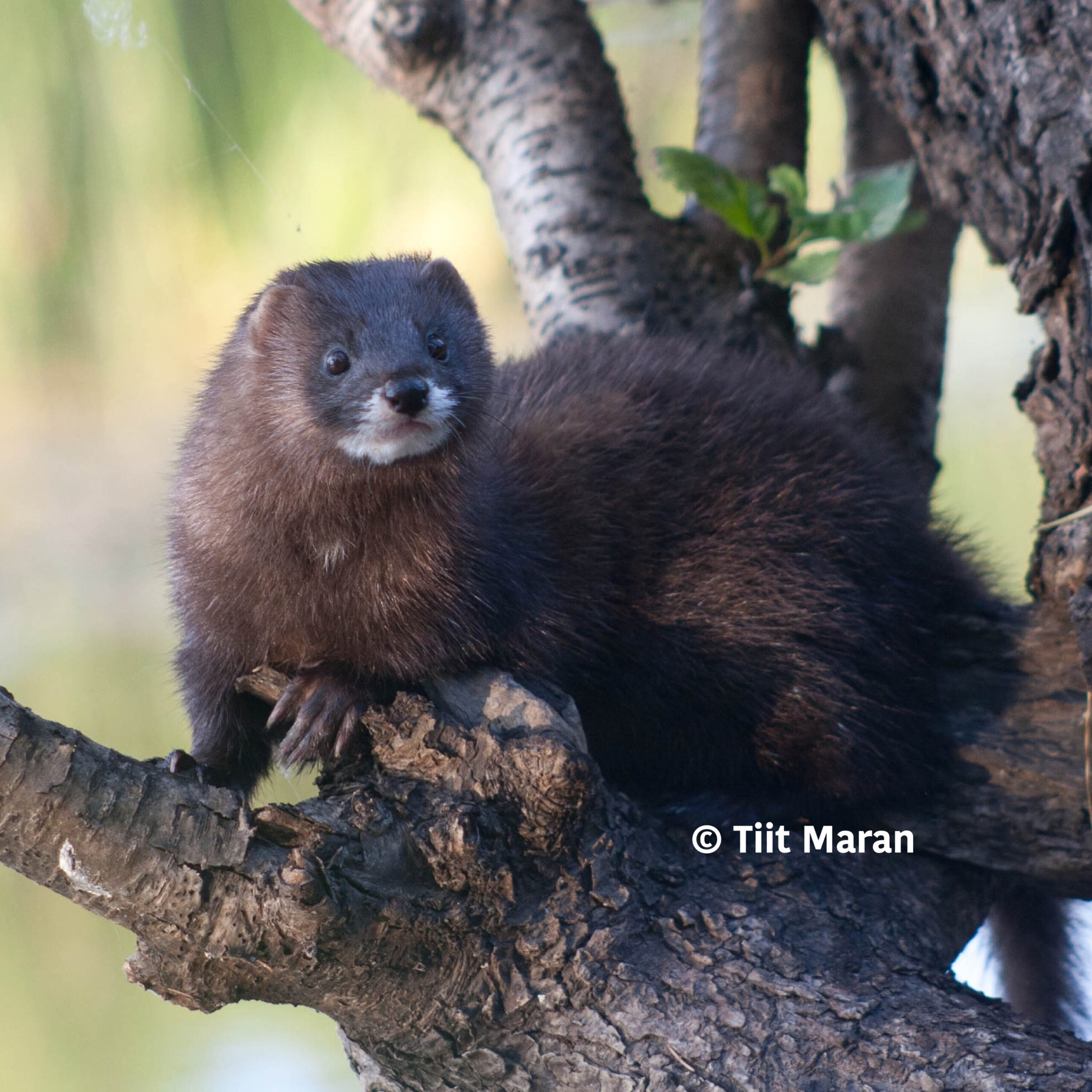
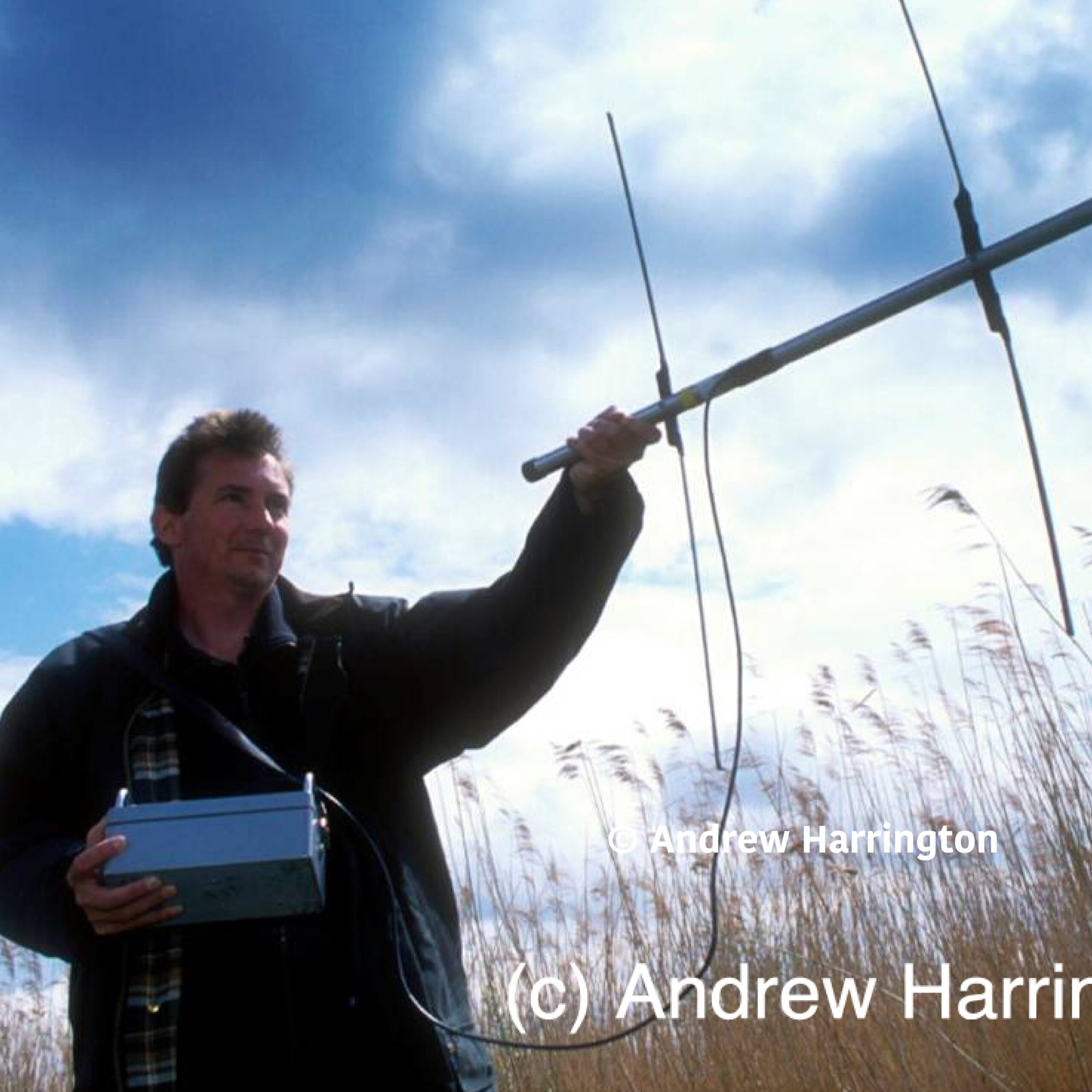
APPROACH
Over more than three decades, WildCRU’s mink research used field-, lab-, and model-based approaches to provide an in-depth understanding of the ecology and behaviour of American mink. Our work was not only of practical significance (in terms of assessing the impact of invasive mink on native prey, how they fit into the native mustelid guild, and how they could most efficiently be managed), but also revealed fundamental aspects of the biology of this opportunistic and adaptable species.
Impacts and interactions
Analysis of American mink and water vole field sign surveys, and mink diet, across landscape scales, contributed to identifying the cause of decline of water voles in the UK (a combination of habitat loss, habitat fragmentation, and American mink predation). Water voles, in this case, are a classic example of a prey being insignificant for the predator’s persistence, while the predator is pivotal for the survival of the prey’s population.
In Belarus, we collaborated with Vadim Sidorovich. Using field sign surveys, diet analysis and radiotracking, we found that American mink outcompete their European counterpart through interspecific aggression. American mink (that are only distantly related to European mink) are slightly larger, slightly more adaptable and slightly more aggressive. As a result, European mink are pushed into suboptimal habitats unsuitable for reproduction, and long-term population persistence. In many areas where American mink have colonised, European mink are now gone.
Impacts on (similar-sized) native polecats appear to depend on local variation in relative body size and habitat. Everywhere, American mink co-exist with (larger) otters (despite earlier suggestions to the contrary); where habitat (and space for avoidance) are limited, mink may shift their activity patterns (temporal avoidance) and reduce their marking behaviour.
Management, Mitigation and Monitoring
We ran one of the first experimental removal studies using mink rafts (designed by the Game and Wildlife Conservation Trust), that are now used widely across the UK and elsewhere. Subsequently, using a series of experimental water vole releases in the Upper Thames Valley (UK), our work directly contributed to water vole restoration in the area (reversing local species decline for the first time). This work informed best practice for water vole reintroductions and translocations that are now an essential part of development mitigation work in the UK.
On Hiiumma Island (Estonia), with Tiit Maran, Tallinn zoo, and Madis Põdra, we contributed to the introduction of European mink to an ‘island sanctuary’ (free of American mink). We compared survival under different pre-release methods, and studied how mink adaptated to the wild. A small, stable, breeding population of European mink now occupy all suitable habitat on Hiiumaa Island.
Monitoring is key, and there are a number of methods that are useful for different purposes and over different scales. A recent collaboration with TRAGSATEC (Spain), Vincent Wildlife Trust, and Salford University was the first study to confirm the potential of eDNA for detecting the presence of European mink.
Fundamental Biology
Our early work focused on the physiological and behavioural aspects of the reproductive strategies of male and female mink, and our team, in collaboration with Swansea University and the Centre for Environment, Fisheries and Aquaculture Science (CEFAS), were the first to fit high-resolution time-depth dataloggers on a small shallow-diving species to quantify their diving behaviour.
Going Forward
Collectively, our mink work informs an understanding of American mink populations in invaded areas and contributes to the evidence upon which an EU-wide risk assessment is based. Together with several international partners we have formed a European Mink Working Group with the aim of exploring strategic approaches to EU-wide control of American mink and recovery of the European mink. We continue to seek funding to support research on much needed European mink restoration.
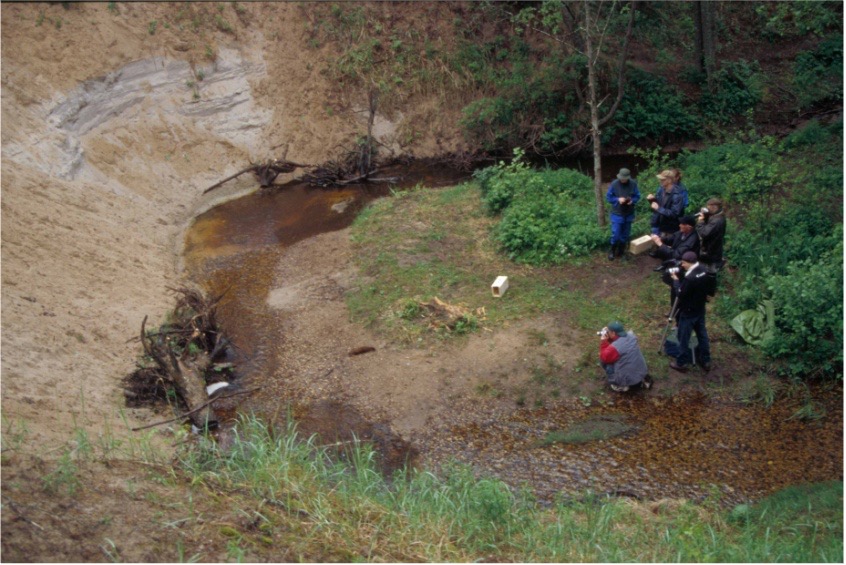
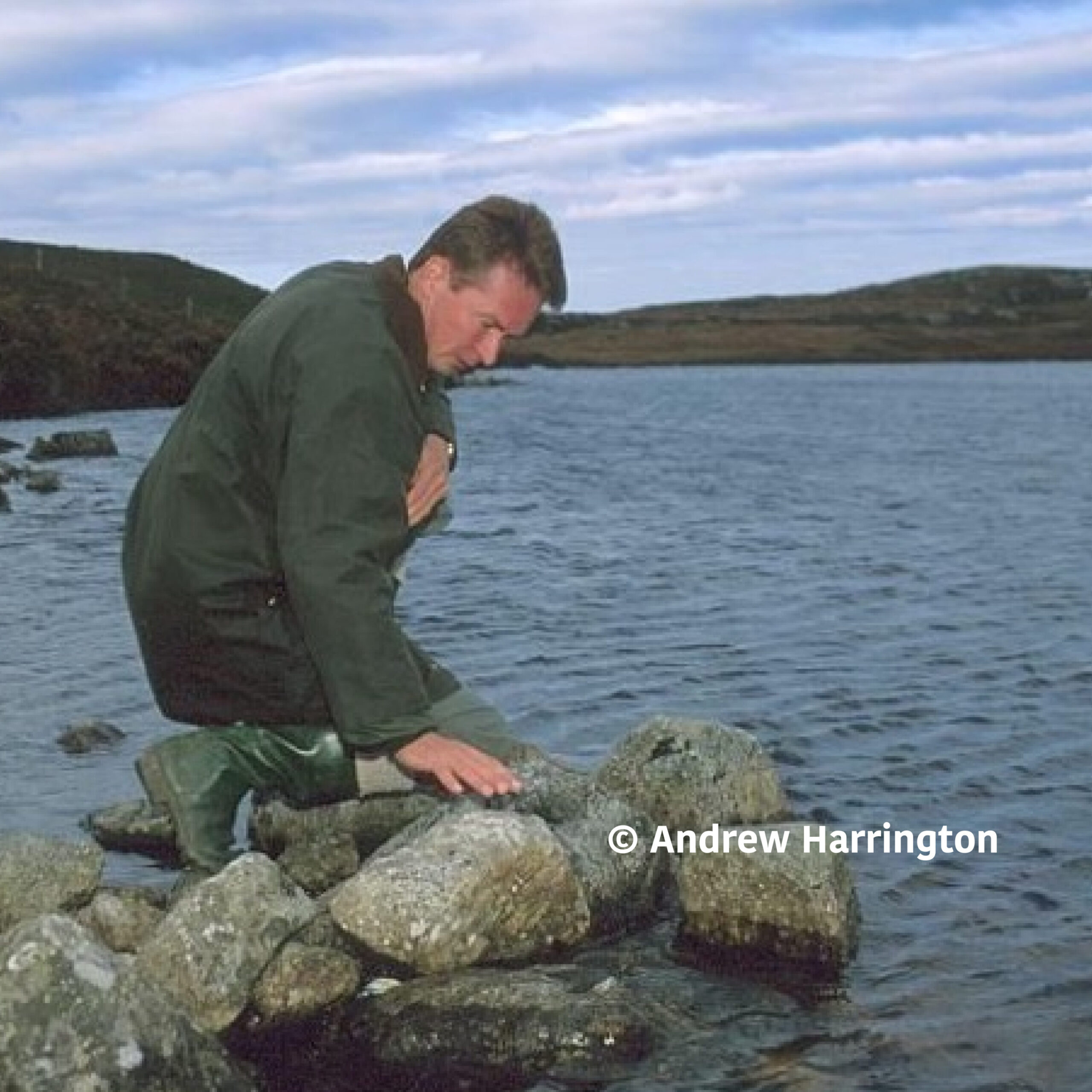
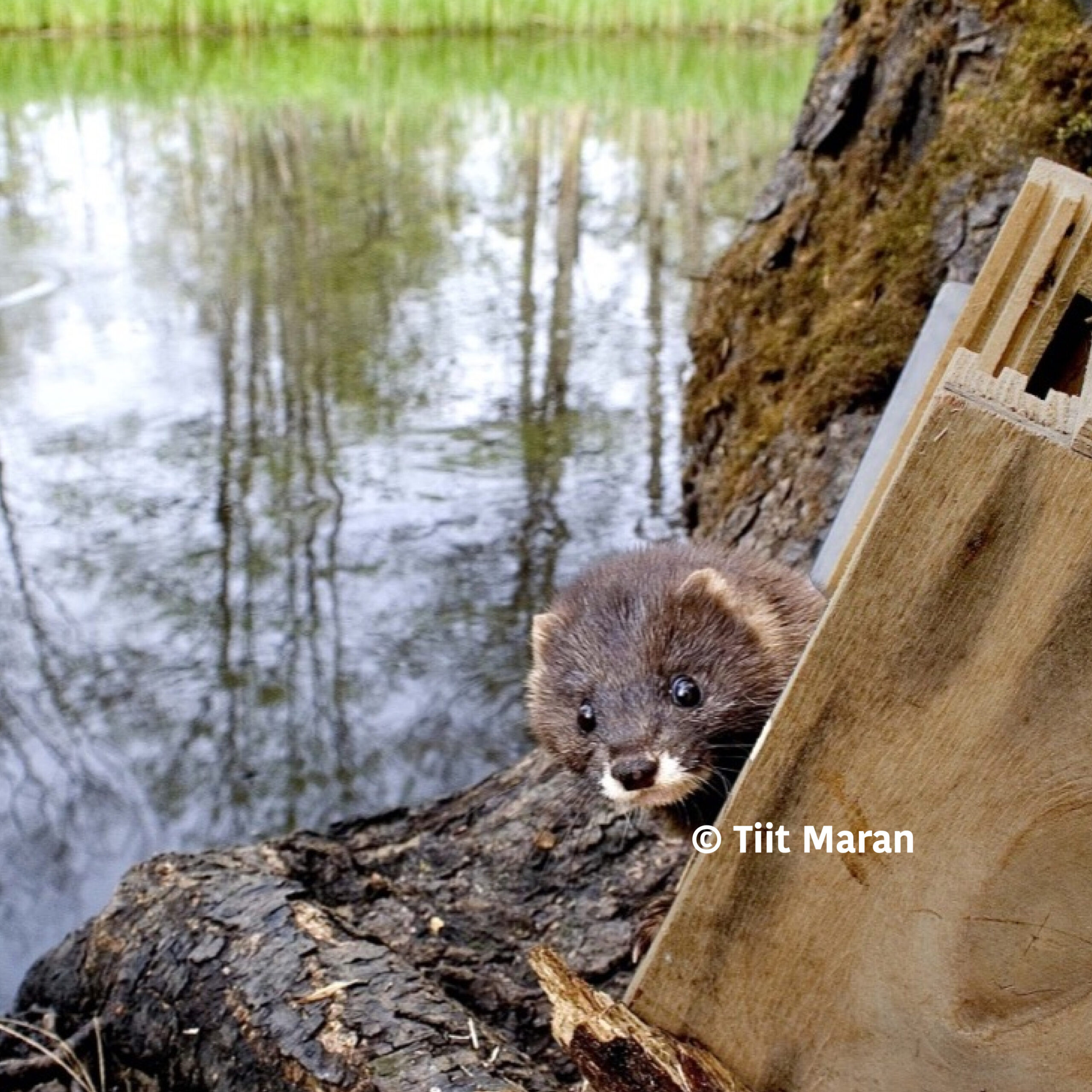
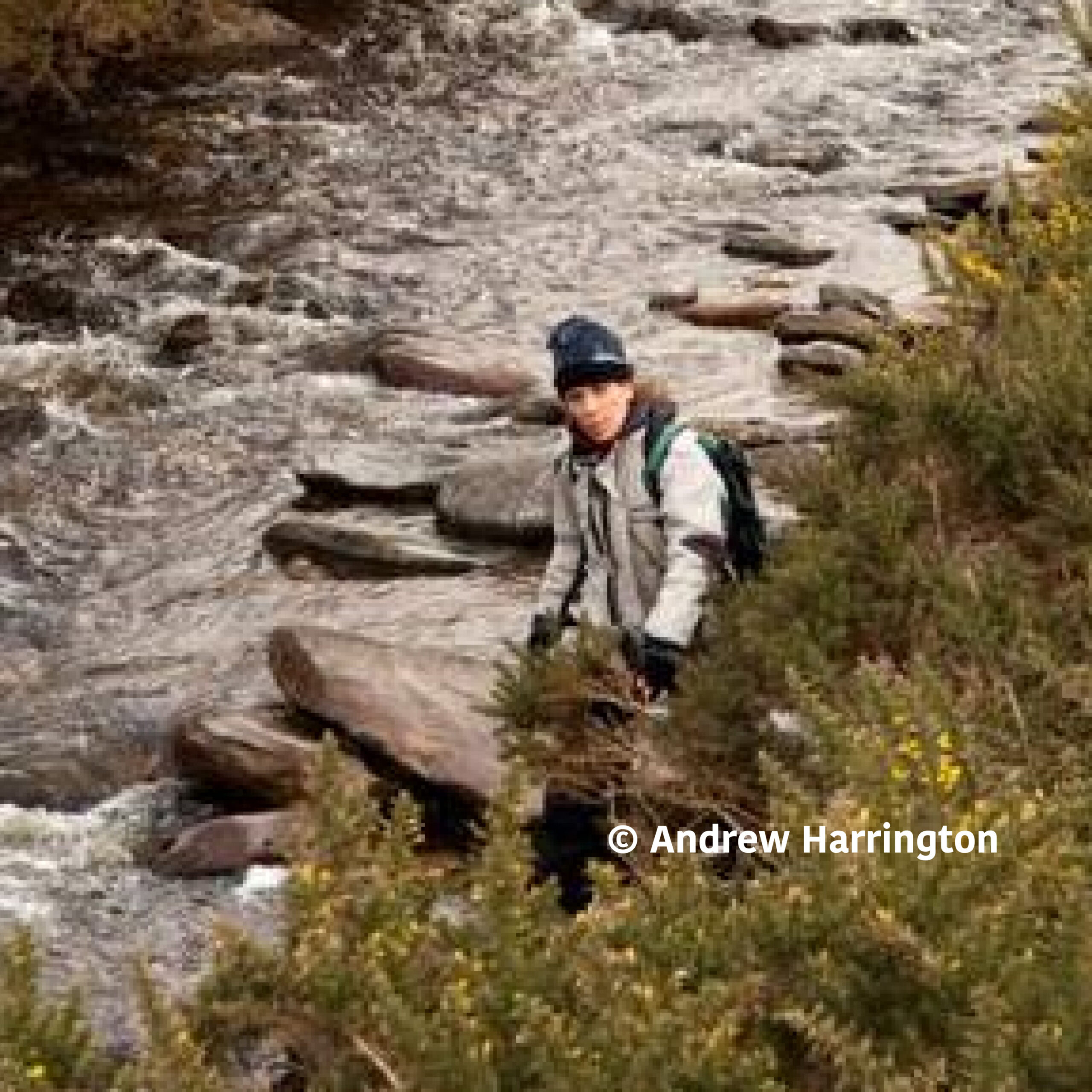
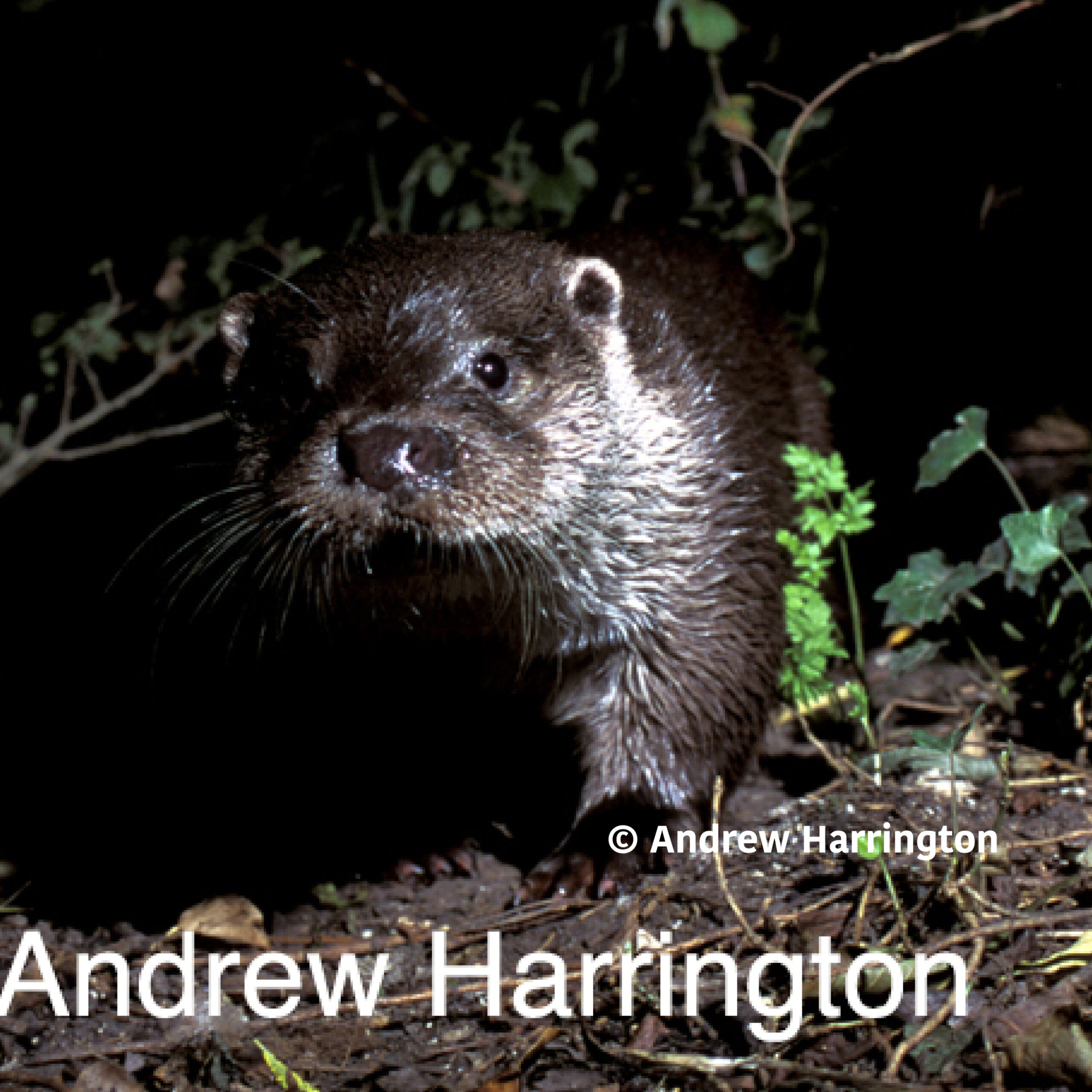
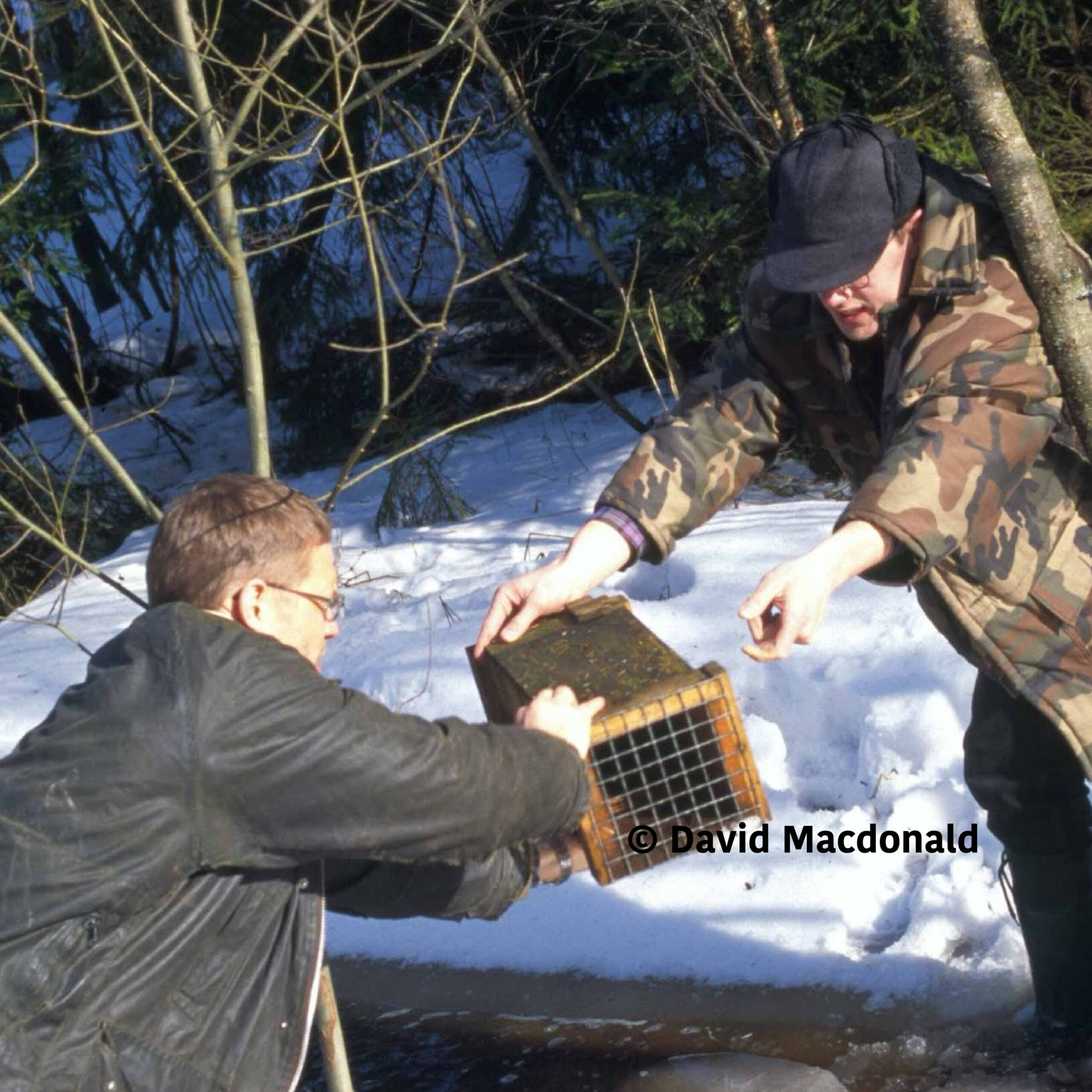
IMPACT HIGHLIGHTS
Contributed to European mink IUCN RED LIST ASSESSMENT UPDATE
2024
Lead author on the American mink RISK ASSESSMENT SUBMITTED TO THE EUROPEAN COMMISSION to support listing on the EU Invasive Alien Species Regulations
2024
ADVISED ON MONITORING AND MANAGEMENT of American mink, LIFE ATIAS workshop, Kastoria, Greece
2023
PROJECT MEMBERS
The WildCRU’s mink work is currently managed by Lauren Harrington. Initiated by David Macdonald in the 1990s, the group’s work on American and European mink (and related species) has involved 11 DPhil and PhD projects and benefited from the work of many former WildCRU members and external collaborators.
CURRENT WILDCRU MEMBERS:
Lauren Harrington, current lead and programme coordinator, and Matthew Hodson, MBiol student.
RELEVANT NEWS
The American mink Risk Assessment was approved by the Scientific Forum on Invasive Alien Species in June 2024 and submitted to the IAS Committee for consideration in the upcoming 5th update of the Union List. We keenly await the outcome of this process.
KEY PUBLICATIONS
Collectively, our work on European and American mink has resulted in more than 100 peer-reviewed scientific publications; the following selection provides broader overviews and recent topical opinions.
Mink on the brink: comparing survey methods for detecting a critically endangered carnivore, the European mink Mustela lutreola
Wild American mink (Neovison vison) may pose a COVID-19 threat
Current status of American mink Neovison vison in Great Britain: a review of the evidence for a population decline
Chapter 6: Biology, ecology and reproduction of American mink, Neovison vison, on lowland farmland
European Mink Mustela lutreola Linnaeus
Chapter 17: European mink – restoration attempts for a species on the brink of extinction
Mink on the brink: comparing survey methods for detecting a critically endangered carnivore, the European mink Mustela lutreola
Monitoring rare and elusive species is critical in guiding appropriate conservation management measures. Mammalian carnivores are challenging to monitor directly, due to their generally nocturnal and solitary lifestyle, and relatively large home ranges. The European mink Mustela lutreola is a critically endangered, small, semi-aquatic carnivore and is one of the most threatened mammal species in Europe. In northern Spain, the European mink population is monitored regionally using different methods and approaches, making assessment of national population status difficult. There is an urgent need to 1) assess the efficacy of survey methods and 2) identify a standard monitoring methodology that can be deployed rapidly and inexpensively over large areas of the mink’s range. We deployed four methods—camera trapping, hair tubes, live trapping, and environmental DNA (eDNA) from water samples—to compare the probability of detecting European mink when present at 25 sampling sites within five 10 × 10 km2, and the economic cost and time required for each method. All four methods successfully detected European mink but the probability of detection varied by method. Camera trapping and hair tubes had the highest probability of detection; however, eDNA and live trapping detected mink in one 10 × 10 km2 where the latter two methods did not. For future European mink monitoring programs, we recommend a combination of at least two methods and suggest that camera traps or hair tubes are combined with live trapping or eDNA (depending on the scale and aims of the study), to gather critical information on distribution, occupancy and conservation status.